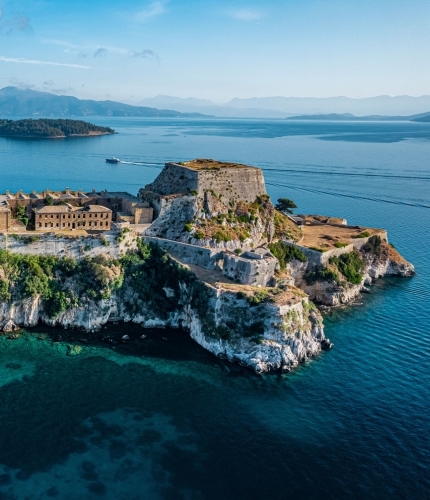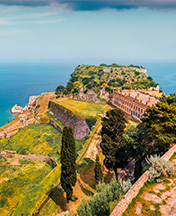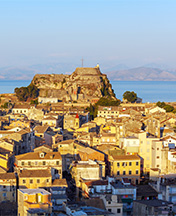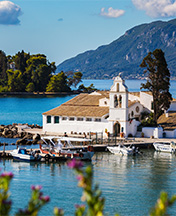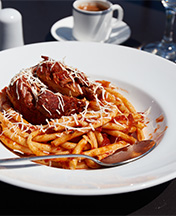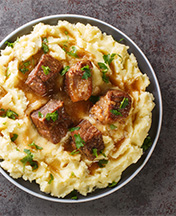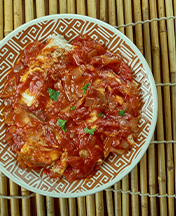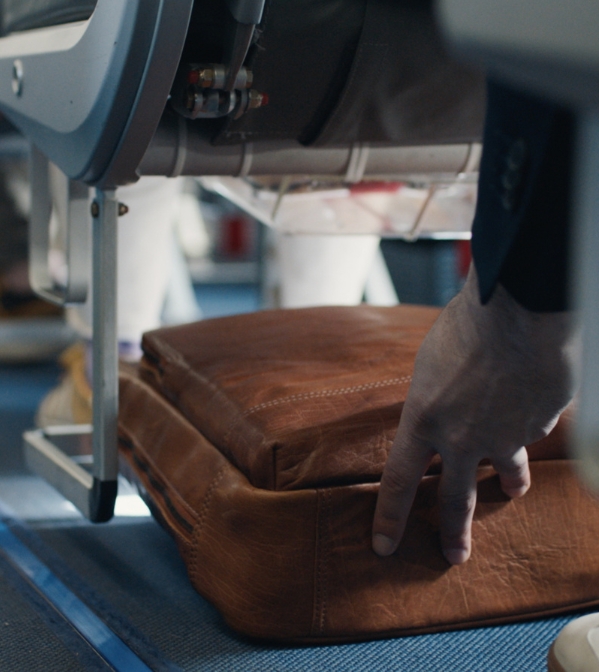Corfu was named after the nymph Kerkyra, daughter of Aisopos. According to the myth, Poseidon, the god of the sea, fell in love with the nymph Kerkyra, kidnapped her and brought her to this island. The archeological excavations have proven that the island was inhabited since the paleolithic era. According to mythology, Kerkyra was the island of the Phaeacians, where Ulysseus debarked during the journey of his return to Ithaca. In ancient times, Corfu was a major trade center inhabited by the Phoenicians. Due to the existence of trade with all cities in the Adriatic Sea, Corfu became a strong naval force and an important colonial city. During the Peloponnesian War, Corfu asked for military assistance from Athens for an important battle against Corinth. The alliance between Athens and Corfu lasted a century, until the Macedonians conquered the island on 338 B.C. and assumed control over Corfu. From 300 B.C. onwards, Corfu was successively attacked and conquered by Spartans, Illyrians and Romans, who remained on the island from 229 B.C. to 337 A.D. After the split of the Roman Empire, Corfu was united with the Eastern Roman Empire. During medieval times, the island was frequently attacked by pirates and barbarian armies, such as Goths or Saracens. Corfu was afterwards ceded to the Normans, and subsequently to the Venetians. The era of the Venetian Rule was a thriving period in the history of the island. Corfu was afterwards occupied by the French, English, Turks and Russians, and in the 20th century, Corfu took part in both World Wars and suffered great losses.
